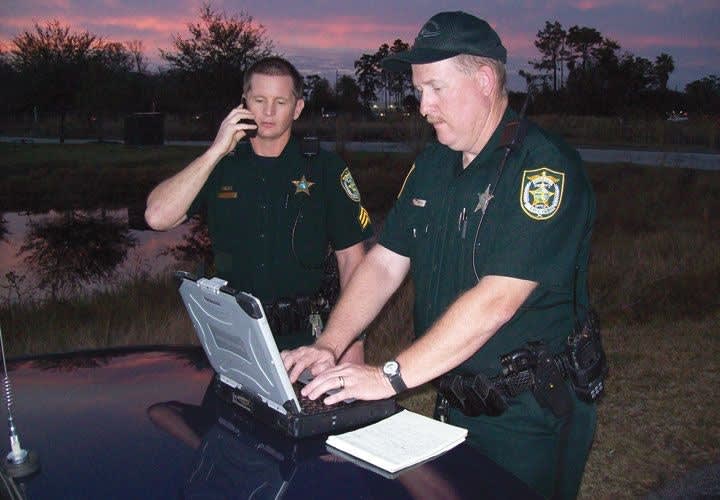The scribe can use any form of low- or high-tech approach to make his or her notations. Since the initial part of any documentation takes the form of note-taking, the scribe can use a yellow pad. If your agency uses a Mobile Data Computer (MDC), the scribe can work from there.
Many agencies have added a GPS program that tracks its patrol cars. A scribe can easily form a perimeter by switching to that program and calling out positions. Adjustments can then be made over the radio or by the MDC's instant messaging program. Further, the scribe can use the MDC's word processing capability to type so poor handwriting is never an issue.
Scribes should try to answer who, what, when, where, how, and why on the command side. They write down any specific instructions that were given by or to the incident commander. If something goes wrong, this will help alleviate a medical condition I lovingly refer to as "bureaucratic selective memory."
Scribes need to document anyone whom the incident commander talked to over the phone outside the chain of command. This helps eliminate having to ask dispatch for the same information or asking them to have someone call you back. If your situation goes long term, your communications center personnel will have their hands full as well. Dispatch should never do something for you that you can do yourself. You're the cop, not them.
I can't emphasize enough the importance of using a scribe for setting up a perimeter. Using a scribe will help you with command and control, decision-making, and documentation. It will be a way for you to work smarter and not harder. There will come a time when you'll be glad you did.













